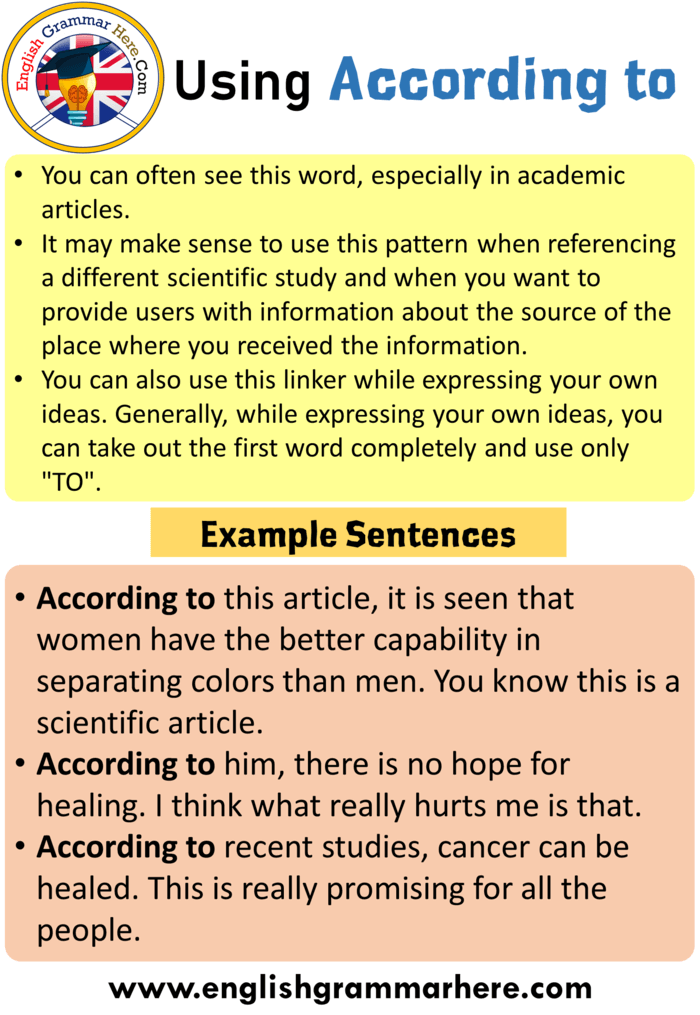
In May 2022, multiple cases of monkeypox were identified in several non-endemic countries. Monkeypox has also been reported in travelers from Nigeria to Israel in September 2018, to the United Kingdom in September 2018, December 2019, May 2021 and May 2022, to Singapore in May 2019, and to the United States of America in July and November 2021. This outbreak led to over 70 cases of monkeypox in the U.S. These pets had been housed with Gambian pouched rats and dormice that had been imported into the country from Ghana. In 2003, the first monkeypox outbreak outside of Africa was in the United States of America and was linked to contact with infected pet prairie dogs. Monkeypox is a disease of global public health importance as it not only affects countries in west and central Africa, but the rest of the world. Cases continue to be reported until today. Since 2017, Nigeria has experienced a large outbreak, with over 500 suspected cases and over 200 confirmed cases and a case fatality ratio of approximately 3%. A concurrent outbreak of chickenpox (caused by the varicella virus, which is not an orthopoxvirus) and monkeypox was found, which could explain real or apparent changes in transmission dynamics in this case. For example, in 1996–97, an outbreak was reported in the Democratic Republic of the Congo with a lower case fatality ratio and a higher attack rate than usual. The true burden of monkeypox is not known. Since 1970, human cases of monkeypox have been reported in 11 African countries: Benin, Cameroon, the Central African Republic, the Democratic Republic of the Congo, Gabon, Cote d’Ivoire, Liberia, Nigeria, the Republic of the Congo, Sierra Leone and South Sudan. Since then, most cases have been reported from rural, rainforest regions of the Congo Basin, particularly in the Democratic Republic of the Congo and human cases have increasingly been reported from across central and west Africa. Human monkeypox was first identified in humans in 1970 in the Democratic Republic of the Congo in a 9-month-old boy in a region where smallpox had been eliminated in 1968. Uncertainty remains on the natural history of monkeypox virus and further studies are needed to identify the exact reservoir(s) and how virus circulation is maintained in nature. This includes rope squirrels, tree squirrels, Gambian pouched rats, dormice, non-human primates and other species. Various animal species have been identified as susceptible to monkeypox virus. The geographical division between the two clades has so far been in Cameroon, the only country where both virus clades have been found. The Congo Basin clade has historically caused more severe disease and was thought to be more transmissible.


There are two distinct genetic clades of the monkeypox virus: the central African (Congo Basin) clade and the west African clade. Monkeypox virus is an enveloped double-stranded DNA virus that belongs to the Orthopoxvirus genus of the Poxviridae family. Animal hosts include a range of rodents and non-human primates. Monkeypox primarily occurs in central and west Africa, often in proximity to tropical rainforests, and has been increasingly appearing in urban areas. With the eradication of smallpox in 1980 and subsequent cessation of smallpox vaccination, monkeypox has emerged as the most important orthopoxvirus for public health. Monkeypox is a viral zoonosis (a virus transmitted to humans from animals) with symptoms similar to those seen in the past in smallpox patients, although it is clinically less severe. Monkeypox typically presents clinically with fever, rash and swollen lymph nodes and may lead to a range of medical complications.Monkeypox is less contagious than smallpox and causes less severe illness.

The clinical presentation of monkeypox resembles that of smallpox, a related orthopoxvirus infection which was declared eradicated worldwide in 1980.An antiviral agent developed for the treatment of smallpox has also been licensed for the treatment of monkeypox.



 0 kommentar(er)
0 kommentar(er)
